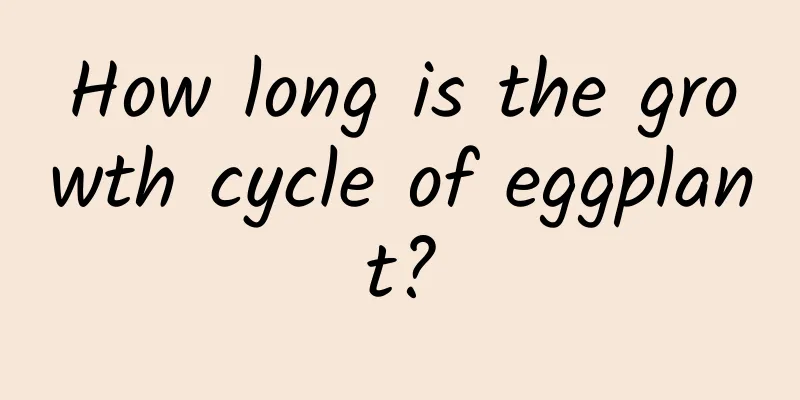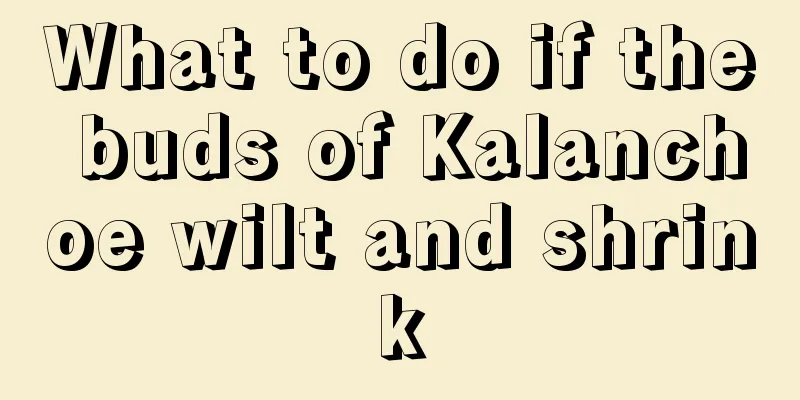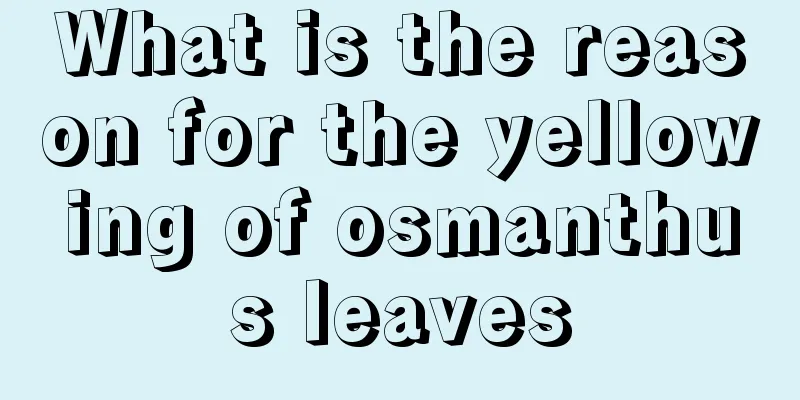How long is the growth cycle of eggplant?

Eggplant growth cycleEggplant is suitable for cultivation in soil rich in organic matter and that retains water and fertilizer. It is native to tropical Asia and is distributed throughout the world. It is most cultivated in Asia, followed by Europe. It is cultivated in all parts of my country. 1. Eggplant likes to grow in a high temperature environment. The suitable temperature for seed germination is 25 degrees to 30 degrees. The suitable temperature for the seedling stage is 25 degrees to 30 degrees during the day and 15 degrees to 20 degrees at night. Below 15 degrees, the growth is slow and it causes flower drop. When the temperature is below 10 degrees Celsius, the metabolism will be disordered. 2. The development cycle of eggplant can be divided into three periods: germination period, seedling period, flowering and fruiting period. Its germination period is longer, which takes 10-12 days. From the appearance of the first true leaf to the beginning of large buds is the seedling period, which takes about 50-60 days. After the eggplant buds appear, it enters the flowering and fruiting period, which is generally 10 to 15 days. Eggplant growth rateEggplant can usually be sown in March and April. Its entire growth cycle takes 100-180 days. After sowing, it can be harvested in September and October. Eggplant growth cycle managementEggplant has early-maturing, mid-maturing, and mid-late maturing varieties. Eggplant needs more water after it grows, and the amount of water required is the highest before and after harvest. However, it likes water but is also afraid of water, so the water content must be properly controlled. Temperature ManagementEggplant is a warm-loving plant. Too low a temperature is not conducive to its growth. Generally speaking, when the temperature is below 15 degrees, the growth of the plant will be relatively slow and may cause the flowers to fall off. Therefore, the growth temperature of eggplant should be kept between 25-30 degrees. Fertilization managementEggplant has high requirements for nitrogen fertilizer. When the plant lacks nitrogen, the number of flowers will decrease. If there is insufficient nitrogen during the peak flowering period, the plant will not develop well. Under low nitrogen fertilizer conditions, the effect of phosphorus fertilizer is not very significant. |
<<: The fastest way to root golden marble cuttings
>>: How to divide Asparagus into pots and plant divisions? Methods of division propagation
Recommend
Maiden Cucumber Planting Methods and Techniques
The Jade Maiden Cucumber is not only delicious an...
When is the best time to sow Bacopa monnieri?
Bacopa monnieri sowing time Bacopa monnieri is a ...
Why don't we plant pomegranate trees in front of our houses?
Why don't we plant pomegranate trees in front...
Cultivation methods and precautions of Daphne odora
Golden-edged Daphne is an evergreen shrub belongi...
What to do if Christmas cactus doesn't bloom
1. Reduce nitrogen fertilizer 1. Reason: Although...
When is the best time to plant dandelion seeds?
Dandelion seed planting time Dandelion is a peren...
Honeysuckle Growth Conditions and Characteristics
Honeysuckle Growing Conditions Honeysuckle is mor...
Four major misunderstandings in pearl bush cultivation
Cultivating pearl bushes blindly provides shade P...
When growing flowers at home, be careful to avoid these 4 places, otherwise the leaves of all your flowers will turn yellow.
Kitchen windowsill Although there is a window on ...
How to prune potted osmanthus (illustration of pruning techniques)
1. Pruning during the seedling stage For potted o...
Can onions be planted on the balcony? How to grow them until they overflow the pot?
1. Is it possible? Onions can be grown on the bal...
Anthurium propagation method
Propagation by division Anthurium has a strong ab...
Pictures of fragrant wood bonsai
Pictures of fragrant wood bonsai Picture apprecia...
How to divide the green diamond flower into pots so that it can survive easily
When is the best time to divide the green diamond...
Is it profitable to grow aloe vera? What are the prospects and profits of growing aloe vera?
Is growing aloe vera profitable? At present, plan...









